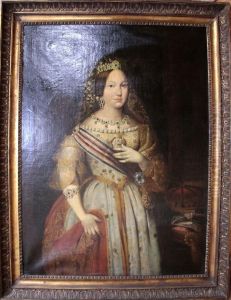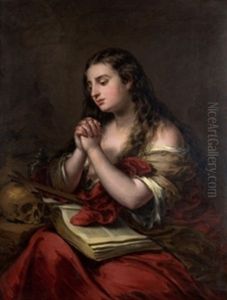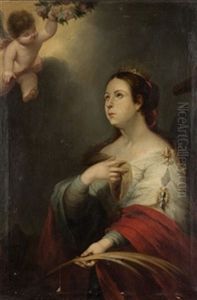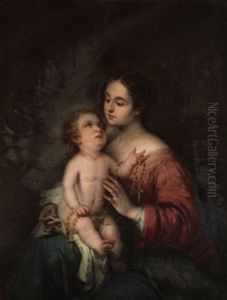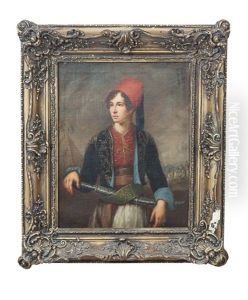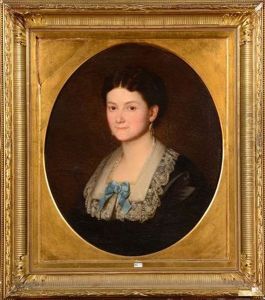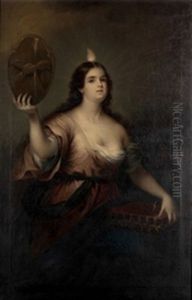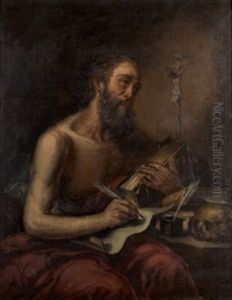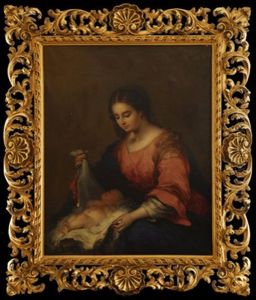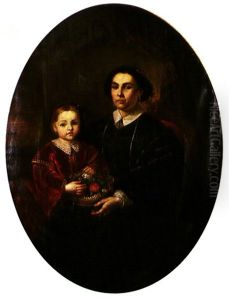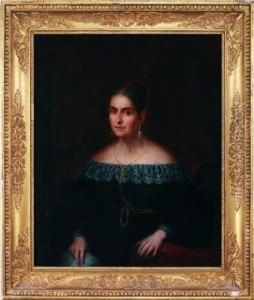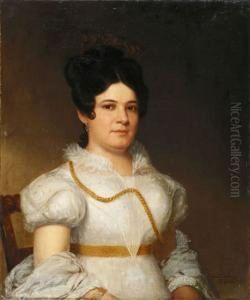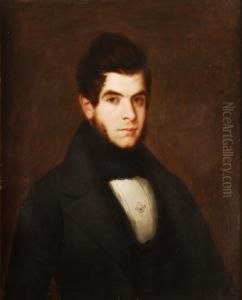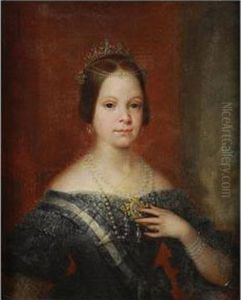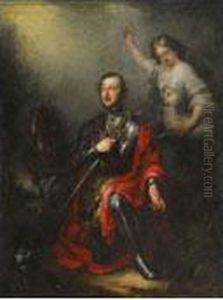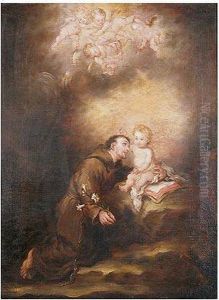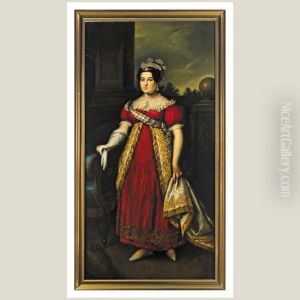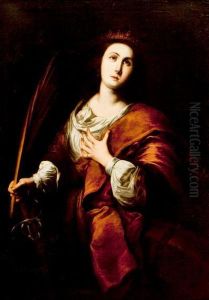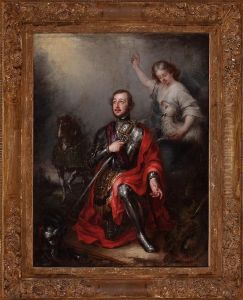Jose Gutierrez de la Vega Paintings
José Gutiérrez de la Vega was a Spanish painter born on October 1, 1791, in Seville, Spain. He is known for his work during the Romantic period of art, which was characterized by its emphasis on emotion and individualism as well as glorification of the past and nature.
Gutiérrez de la Vega began his artistic education at the age of thirteen in the Royal Academy of Fine Arts of Saint Elizabeth of Hungary in Seville. His early work was influenced by the Baroque tradition, particularly by the work of Murillo, and later he developed a style more in line with the emerging Romantic movement.
In 1816, he moved to Madrid, where he continued his studies and began to gain recognition for his art. He became an academic at the San Fernando Royal Academy of Fine Arts in 1825. During this time, he received various commissions for religious works and portraits. His ability to capture the psychological depth of his subjects made him a sought-after portraitist among the Spanish aristocracy.
Gutiérrez de la Vega's work was marked by his use of light and color, which he employed to create dramatic effects, particularly in his religious paintings. His compositions often conveyed a sense of movement and were imbued with a rich emotional atmosphere, which was in keeping with the Romantic spirit of the era.
Despite his success, Gutiérrez de la Vega faced financial difficulties later in life. Nevertheless, he continued to work and contribute to Spanish art until his death in Madrid on August 15, 1865. His legacy is preserved in various Spanish museums, including the Prado Museum in Madrid, where some of his most notable works are on display. Gutiérrez de la Vega remains an important figure in Spanish Romantic painting, celebrated for his masterful portraits and his contributions to religious art.

